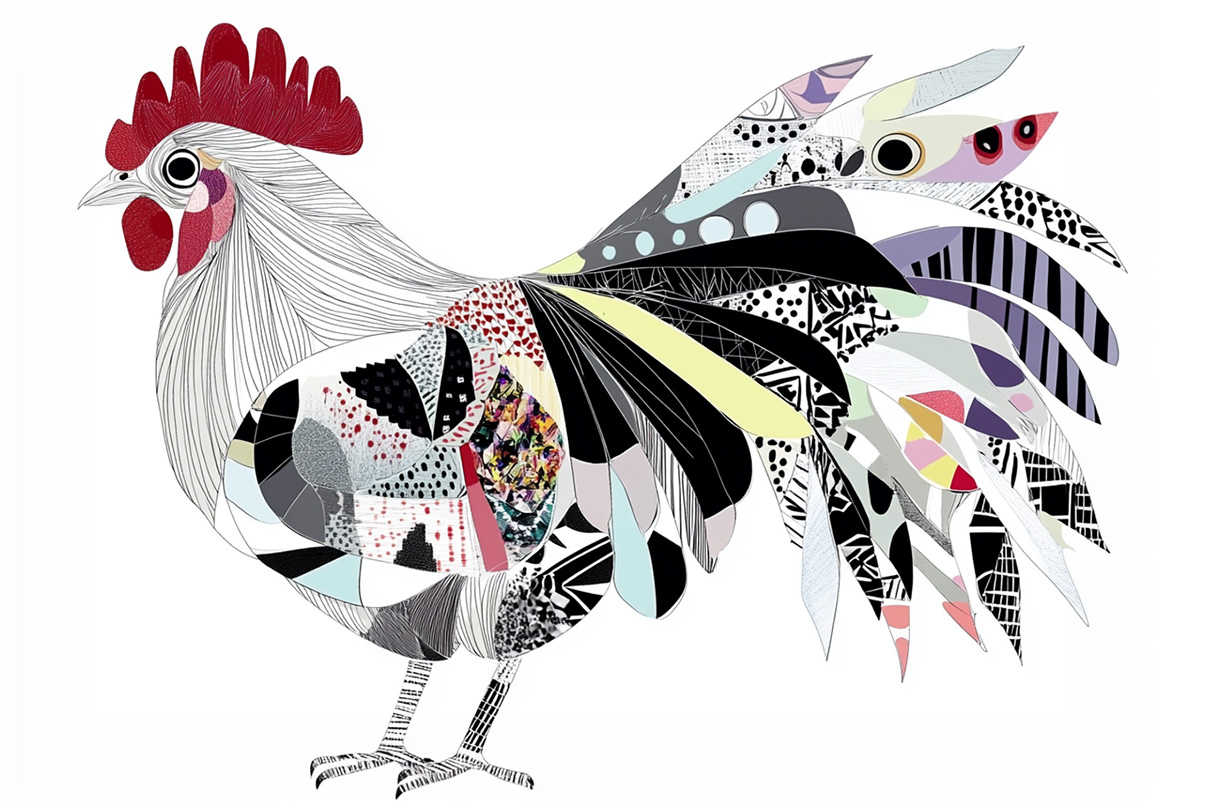
Rubia Root (Qian Cao)
茜草
Rubia root (Qiancao)
Pharmceutical Name : Radix Rubiae
Botanical Name: Rubia cordifolia L.
Common Name: Madder root, Rubia root
Source of Earliest Record: Shennong Bencao Jing
Part Used: The roots are dug in spring or autumn, and cleaned and dried in the sun.
Natural Properties & Taste: Bitter and cold
Meridians: Liver
Therapeutic Effects:
1. To cool blood and stop bleeding.
2. To invigorate blood circulation and release stagnation.
Indications:
1. Hemorrhages due to extravasation of blood by heat. Rubia root (Qiancao) is used with Japanese thistle (Daji), Small thistle (Xiaoji) and Biota tops (Cebaiye).
2. Amenorrhea caused by blood stagnation. Rubia root (Qiancao) is used with Chinese angelica root (Danggui), Chuanxiong rhizome (Chuanxiong) and Cyperus tuber (Xiangfu).
3. Blood stasis and pain caused by external injuries. Rubia root (Qiancao) is used with Safflower (Honghua), Chinese angelica root (Danggui) and Red peony (Chishao).
4. Wind-damp obstruction syndrome (painful joints). Rubia root (Qiancao) is used with Spatholobus stem (Jixueteng) and Futokadsura stem (Haifengteng).
Dosage: 10-15 g
Share this article

Written by : Grace Chen
Hi, I'm Grace Chen. I’m enthusiastic about Traditional Chinese Medicine, natural healing including Chinese Medicinal Herbs, Acupressure, Qi-Gong, foot massage and more. My passion for herbs had been a lifelong journey beginning as a young girl always been fascinated by my grandfather’s Chinese Herbal Medicine chest, full of amazing goodies helping people get well. To chase my dreams, I created a website, HerbalShop.com to share my passion, my grandfather Dr. Chen’s herbal recipes, interesting new and the translation of the classical Chinese herbal formulas with the world. Hope you enjoy it!
Follow us
Latest articles
March 29, 2025
March 29, 2025
March 29, 2025






